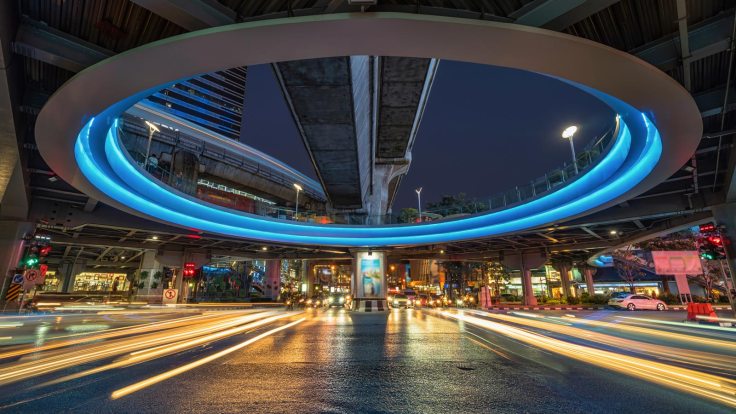Matthew Lobner, Head of International and Head of Strategy and Planning, Asia-Pacific, HSBC
Emerging Asia’s post-COVID future

Asia’s emerging economies are at different stages in combatting the COVID-19 pandemic. For some, like Thailand, the light at the end of the tunnel is getting brighter as social distancing measures are being eased and economic activity is starting to ramp up again. Others are still grappling with outbreaks and lockdowns.
Whatever stage they are at, though, these markets must also continue to think beyond the crisis, and about what can be done to safeguard and improve their long-term economic prospects.
Developing nations across Asia – Thailand included – have of course not been immune to the social and economic disruption caused by COVID-19. Travel restrictions and distancing measures have hit trade and jobs around the globe. Budget deficits have widened and overall levels of debt will continue to increase across much of the region.
Despite the near-term challenges, it’s important to remember the underlying trends that underpin many developing nations’ long-term growth potential.
For one thing, most of emerging Asia enjoys favourable demographics. For another, the region’s economies are increasingly capable of delivering innovation and higher-end manufacturing and services.
It’s also important to remember that emerging Asian economies are, broadly speaking, now more resilient to external financial shocks than during the 1997-1998 Asian financial crisis or the 2008 global financial crisis.
And as the 2020 crisis picked up steam, governments and central banks were quick to provide assistance. In Thailand, the Finance Ministry and Bank of Thailand announced a number of relief measures to cushion the impact of COVID-19 – from interest-rate cuts and soft loans to payment holidays, and a new corporate bond stabilisation fund. The cabinet also approved in principle a THB22 billion (around USD700 million) package to stimulate domestic tourism.
Still, with COVID-related obstacles set to linger, policymakers would do well to supplement their immediate economic support measures with bold steps aimed at increasing their economies’ attractiveness as places to invest and do business.
There are three broad areas of focus.
First, improving the local operating environment – making it easier to do business. That spans everything from reducing red tape and corruption to dialling back restrictions on incoming investment and labour market reforms. Many countries have made laudable progress on these fronts, and building on this will stand them in good stead.
Second, boosting competitiveness and productivity through investment. Specifically in transport and energy infrastructure, telecoms and internet connectivity, healthcare, education and smart, low-carbon ways to manage urbanisation. Building infrastructure well from the outset – and building back better after each upset or crisis – is crucial to each economy’s long-term growth and resilience.
Linked to this is the third area, of climate change preparedness. Southeast Asian and South Asian nations are particularly vulnerable to the effects of climate change, with low-lying megacities like Jakarta, Bangkok and Mumbai highly susceptible to storms and sea level rises.
The COVID-19 pandemic has taken a human and economic toll that was unimaginable just months ago. Its impact will linger for months, if not years. But like every crisis, it also represents an opportunity for policymakers and business communities to rethink and accelerate their reform agendas.
Those that grasp the opportunity could not just move their economies to the proverbial light at the end of the tunnel, but bolster their solid fundamentals for the world well beyond it.
Note: This is an edited version of an article that first appeared in The Bangkok Post on 21 July 2020.